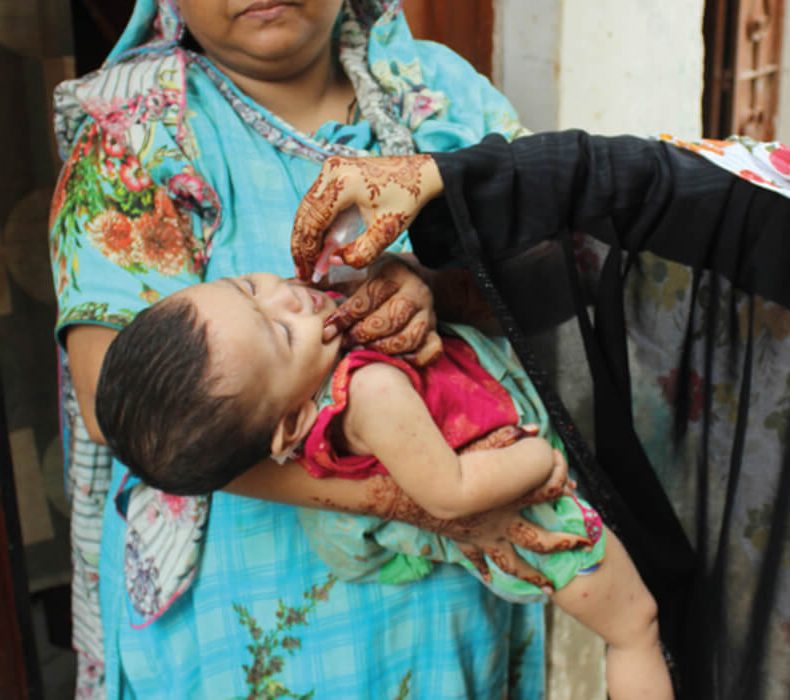The goal of the Global Polio Eradication Initiative (GPEI) is to ensure that no child is ever again paralysed by any form of poliovirus. And to achieve this in such a way that this success is maintained for all future generations to come, and that the infrastructure built up to eradicate polio will continue to benefit broader public health, emergency and development issues long after the disease is gone.
Underpinning this area of work is the global certification of the eradication of wild polioviruses, which will mark the beginning of the post-eradication era and its associated strategies. Ensuring that appropriate post-eradication immunization plans are in place, to minimize risk and consequences of potential poliovirus re-emergence in a post-polio world, is vital. The primary risks of a potential polio re-introduction into post-eradication world are: continued use of oral polio vaccines (OPV) in routine immunization programmes leading to outbreaks of variant polioviruses; and, inadvertent release of poliovirus from a research/diagnostic laboratory or vaccine manufacturing facility. A third risk, associated with immunodeficient excretion of VDPVs (iVDPVs), is at this time theoretical, as no secondary spread leading to outbreaks has ever been clearly established with iVDPVs; nevertheless, this theoretical risk must also be addressed.
